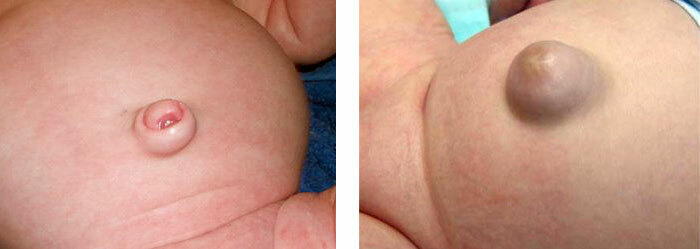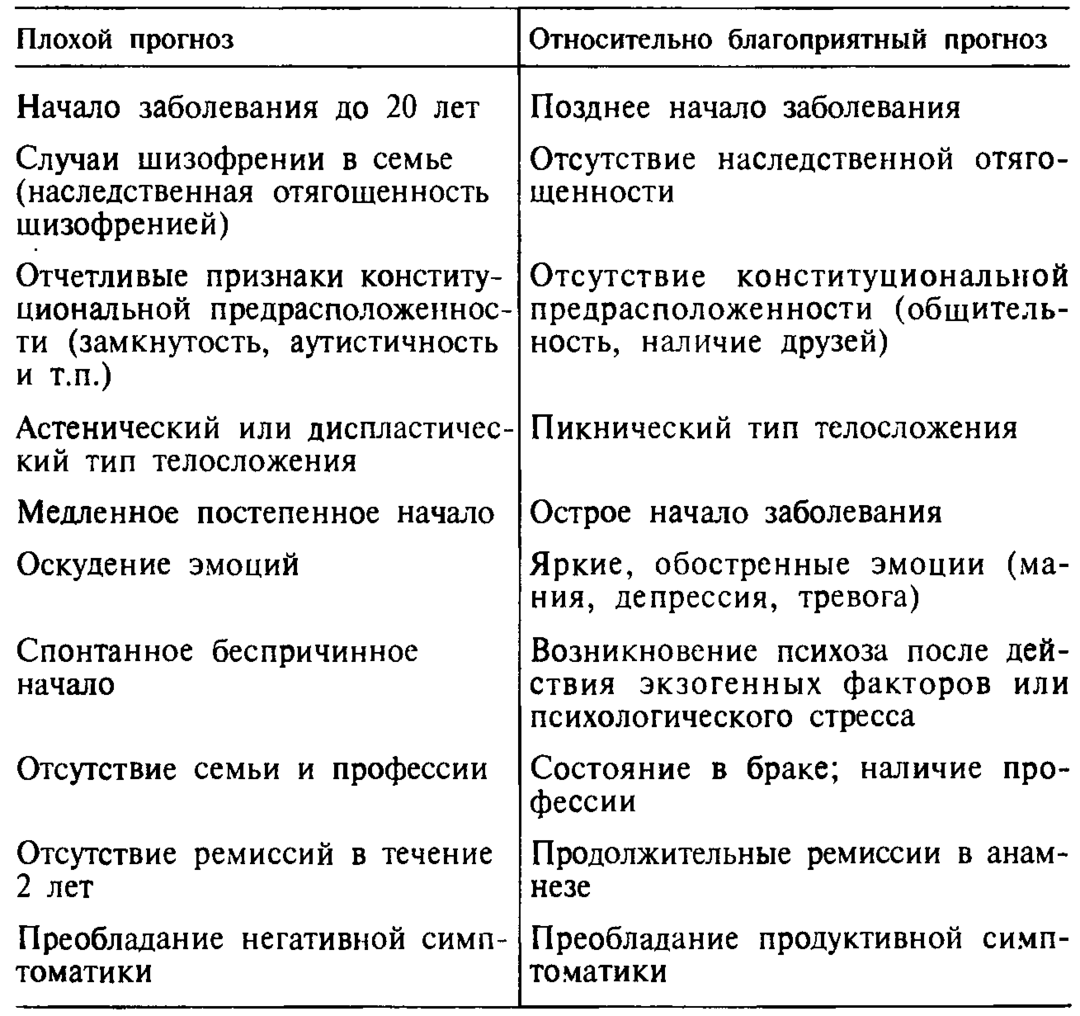Pravidla pro zavedení příkrmů pro prvních tvarohu
 Cottage cheese is an extremely useful and high-calorie sour-milk product.It contains a number of substances necessary for the normal growth and development of the baby.It must be introduced into the lure along with juices, cereals and mashed potatoes.
Cottage cheese is an extremely useful and high-calorie sour-milk product.It contains a number of substances necessary for the normal growth and development of the baby.It must be introduced into the lure along with juices, cereals and mashed potatoes.
If you do not comply with the timing of inclusion in the diet crumbs cottage cheese may pose a certain danger, as this is not the easiest product for the still immature digestive system.
Contents: Why is the cottage cheese so important?The optimal timing of the introduction of cottage cheese in complementary foods In what amounts of cottage cheese are given at the beginning of complementary feeding?How to prepare a cottage cheese for the child?Why is the cottage cheese so important?
Substances that are present in large quantities in curds:
- proteins( protein);
- lipids( fats);
- phosphorus;
- calcium;
- vitamin B2;
- folic acid( B9).
In addition, the sour-milk product has a lot of fats, which are well absorbed by the child's organism, and become for him an excellent source of energy.
 Proteins are essential for the growth of each cell;Proteins and amino acids - these are the "bricks", of which the tissues are built( in particular, the muscle).Babies receiving protein in insufficient volume grow and gain weight very slowly.One of the milk proteins - albumin is necessary for the biosynthesis of antibodies, so it plays an important role in the development of immunity.
Proteins are essential for the growth of each cell;Proteins and amino acids - these are the "bricks", of which the tissues are built( in particular, the muscle).Babies receiving protein in insufficient volume grow and gain weight very slowly.One of the milk proteins - albumin is necessary for the biosynthesis of antibodies, so it plays an important role in the development of immunity.
Calcium and phosphorus are required for the growth and strengthening of bones and hard tissues with the tooth( enamel and dentin).
Vitamins B2 and B9 are necessary for the full mental and mental development of the baby.
Please note: in curd contains a large number of lactic acid bacteria.They are part of the normal microbiocenosis of the intestine.These microorganisms take a very direct part in the process of digestion and strengthening of the general( nonspecific) immunity.
The optimal timing for the introduction of cottage cheese into the lure
 It is advisable to introduce cottage cheese into lure when the child is 6-8 months old.In the second half of the life of the intestine is already populated with a sufficient number of lactobacilli, necessary for normal digestion, and the enzyme systems of the body function quite actively.
It is advisable to introduce cottage cheese into lure when the child is 6-8 months old.In the second half of the life of the intestine is already populated with a sufficient number of lactobacilli, necessary for normal digestion, and the enzyme systems of the body function quite actively.
Even at these standard terms, it is necessary to give a sour-milk product in small volumes.Adaptation of the digestive system of the baby to the "common" table should be gradual.Kashi, as well as vegetable and meat puree babies begin to receive somewhat earlier.
In some cases, it is recommended to start to give the cottage cheese at an earlier time.
The indications are:
- rickets;
- anemia( anemia);
- deficiency of calcium in the body;
- slowed down( compared to the norms) weight gain;
- artificial feeding since birth.
If there are two or more of the listed indications, the curd can and should be given from 6-7 months.
The most important indication for late feeding of curd( from 9 months of age and even later), and possibly for complete abandonment of it - is individual hypersensitivity to dairy products, in other words - an allergic reaction to cow's milk. It is also necessary to delay the inclusion of a fermented milk product in the diet if the baby breast is too fast to gain weight.It is also worthwhile to wait with the curd, if there is a previous closure of the fontanel, indicating, among other things, a high level of calcium in the body.
Clinical symptoms of food intolerance:
- diarrhea;
- allergic skin rashes;
- increased gassing in the intestine( manifested by rumbling in the tummy);
- restless behavior;
- sleep disorders;
- poor appetite.
Note: given the above indications, the parents, of course, are able to determine the optimal terms for the introduction of the curd in the diet, but it is better to consult the pediatrician who is watching your child.
In what quantities do you give cottage cheese at the beginning of complementary feeding?
Foods high in fat and protein are digested by the digestive system somewhat slower than carbohydrates.Even the most delicate curd is a rather serious load for the kidney and gastrointestinal tract of the baby.In this regard, lure it is better to start with minimum volumes. At first, the child should not give more than half a teaspoon of curd. Krohe will hardly like this new product for her, and most likely she will not eat more.Cottage cheese should be given regularly - at first 2-3 times a week, and then every day.
Important: should not feed the baby with cottage cheese after 6 pm, so as not to provoke colic in the abdomen at night.
Curd is an additional product;It is given after the main feeding immediately before a portion of the mother's milk or artificial milk formula.
The total volume of cottage cheese, which is given for one feeding, is gradually increased from half a teaspoon to 30-50 grams.A greater amount of giving is not recommended, even if the child is very liked.
Optimum servings by age:
- 6 months.- 10-30 g;
- 7-9 months.- 40 g;
- 10-12 months- 50 g.

Curd for the first complementary meal should be prepared on the basis of milk or kefir with low fat content( 1%) .This is especially important if the baby hardly digests lactose and animal fats.In the diet, you can enter only a natural product, in which there are no preservatives, no synthetic dyes or fragrances.Any synthetic components can cause an allergic reaction and worsen the digestive process.
Note: when the child regularly receives cottage cheese for several weeks, you can start adding fruit puree to this product.This mixture is like most babies.
How to cook a cottage cheese for your child?
 At present, it is not a problem to buy cottage cheese in a specialized baby food store.Nevertheless, at first, it is better to prepare this product on your own at home.Most babies love sweet curd, cooked on the basis of a mixture of cream and yogurt.
At present, it is not a problem to buy cottage cheese in a specialized baby food store.Nevertheless, at first, it is better to prepare this product on your own at home.Most babies love sweet curd, cooked on the basis of a mixture of cream and yogurt.
Important: remember that you should not store the cooked curd over 24 hours, even in the refrigerator.It should only be fresh, so as not to cause additional problems with digestion!
It is advisable to prepare the product for the first complementary meal only on 1% baby kefir.Since the curd for daily feeding is required very little, it is enough to take no more than 200 ml of kefir.It must be poured into an impeccably clean glass jar or, for example, in an enamel pot.The capacity should be placed in a water bath, and when kefir begins to fold, turn off the stove.The resulting curd should be cooled and discarded on a fine sieve.If necessary, you can press it off.If the product is not quite homogeneous, it is recommended to rub it through a layer of clean gauze folded in several layers.
Please note: the gray "yield" of the product is 50 g curd per 100 ml kefir.
Make sure that the home curd does not cause the baby problems with digestion, you can use an alternative way of cooking the product for the first lure.You need to take 2 tbsp.L.Kefir and 200 ml of pre-boiled milk, and combine these ingredients in a saucepan.Then, the container is placed on a slow fire, and wait until the mass contracts( it usually takes about 15 minutes).To remove excess whey, curd is thrown on gauze.This product has a slightly sweet taste, so children eat it with great pleasure.
Tip! Drugstores Narine, Bifidumbacterin and Lactobacterin can be purchased in pharmacies and specialized stores.They contain live bifidobacteria and lactic acid microorganisms.These funds used to treat intestinal dysbiosis, many mothers are used as a starter for the preparation of domestic fermented milk products.To get a tasty and healthy yogurt, they just need to add to the boiled milk, put the pot in a warm place, and wait about 1 day.
 There is another very common recipe.A glass of milk is poured into a saucepan, brought to a boil, and 10 ml of the calcium chloride solution purchased in the pharmacy are added.Then the container is immediately removed from the fire, and the folded mass is thrown back.Thus, extremely useful baby food enriched with calcium salts is obtained.
There is another very common recipe.A glass of milk is poured into a saucepan, brought to a boil, and 10 ml of the calcium chloride solution purchased in the pharmacy are added.Then the container is immediately removed from the fire, and the folded mass is thrown back.Thus, extremely useful baby food enriched with calcium salts is obtained.
If the child categorically refuses to eat fresh cottage cheese, then to improve the taste of the home product, you can add a little fructose.
"Shop" curds are divided into dairy, cream and combined.Their fat content varies from 3.8% to 10-15%:
- Dairy is recommended for babies with low physical activity and( or) high rates of weight gain, as well as for children suffering from diabetes.Their fat content does not exceed 5%.
- Creamy is useful for active toddlers with a weight deficit.
- In combined vegetable fats are present, polyunsaturated fatty acids which are necessary for the formation and normal functional activity of the structures of the central nervous system.
In some industrially produced curds, add natural vegetable or fruit purees - carrot, banana, pear, blueberry, etc.
Chumachenko Olga, pediatrician



